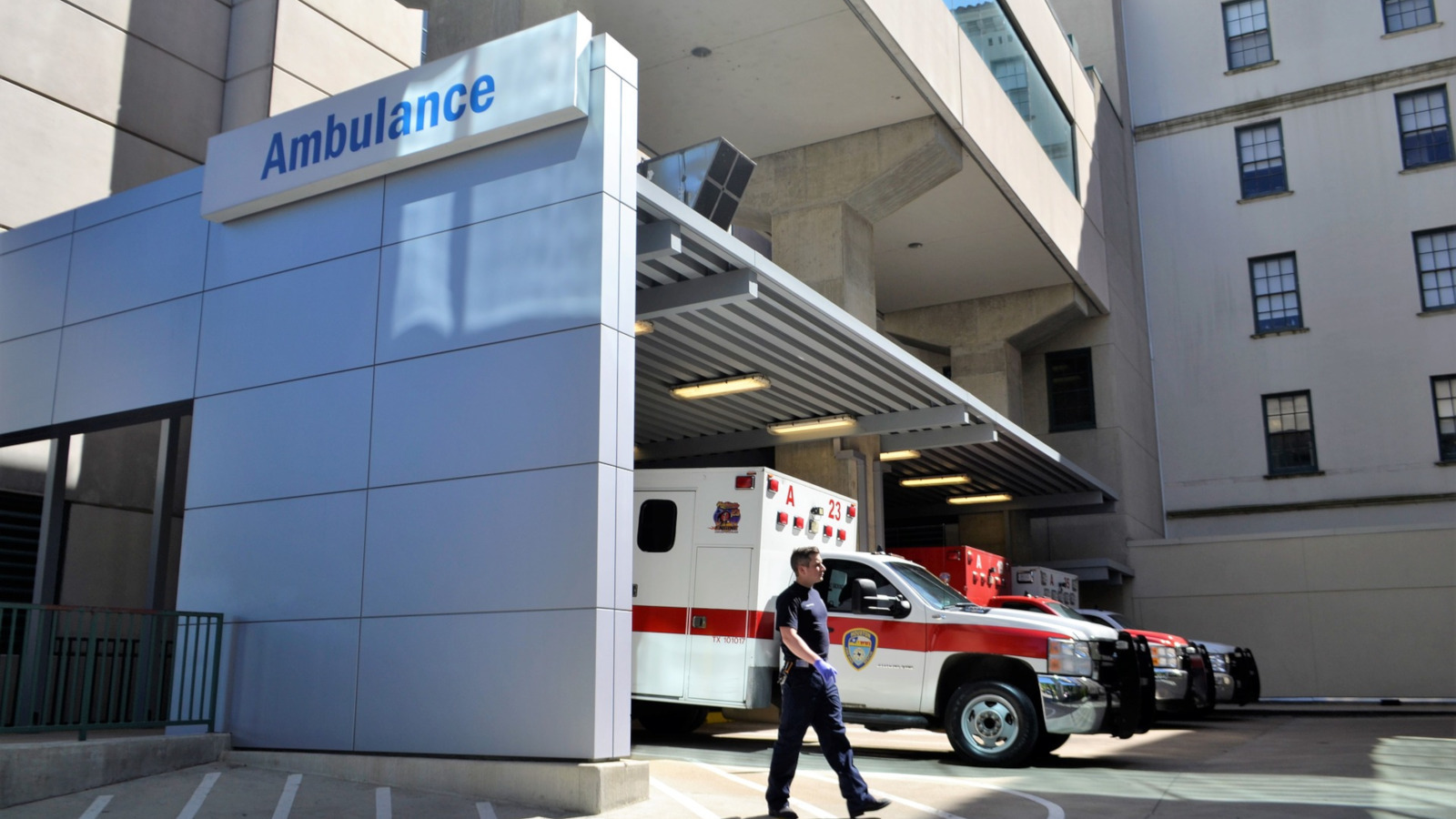Stock Photo
Stock Photo
A Greensboro-based company is using technology and ingenuity to upgrade ambulances a regional health care provider needs to transport patients in a safe environment while the state continues to grapple with COVID-19.
ServPro technicians installed filtration systems that clean the air in the confined patient care area in the back of ambulances to safely vent bacteria out of the vehicles, according to a Cone Health news release. Cone Health is also based in Greensboro.
“Donating our team’s time and resources to the benefit of helping save lives is incredibly humbling,” Jeff Brown, director of operations for ServPro of Greensboro North, said in the news release in late April. “This refitting gives emergency medical technicians (EMT's), nurses, and paramedics the ability to provide each potential COVID-19 patient with a negative air environment to limit the spread of pathogens during transport to the hospital for further care."
Staffers asked for additional vehicles to be outfitted with the air filtration systems, according to the statement. The innovation is a boost to the confidence of healthcare providers in caring for COVID-19 patients.
“We're right here with our staff and patients and using this type of ambulance has decreased staff anxiety in transporting COVID-19 positive patients,” said Mark Young, registered nurse and director at Cone Health CareLink. “Staff love it. When it first arrived, they wanted to use nothing else.”
CareLink team members continue to use full protective equipment for their safety and the safety of all patients in their ambulances, the report noted.
Cone Health EMT Rusty Gray saw a similar filtration system on an ambulance from another healthcare organization. Some research led him to ServPro.
“Servpro provided one HEPA filter system, Cone Health the other. ServPro donated all additional labor and materials to up-fit both ambulances,” the report said.
Called “negative pressure vehicles,” the ambulances have been used in more than 60 transports since April 17.



 Alerts Sign-up
Alerts Sign-up